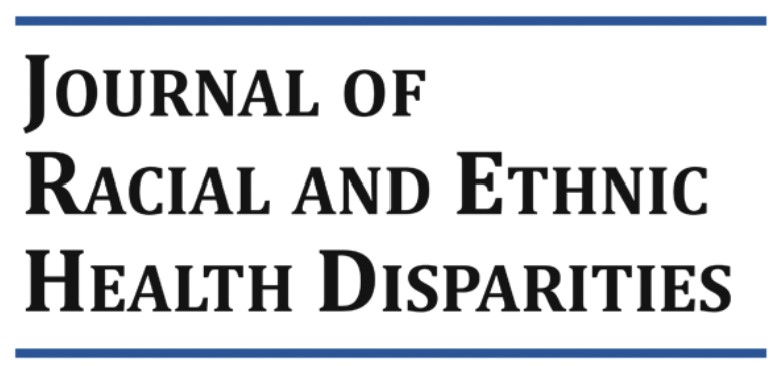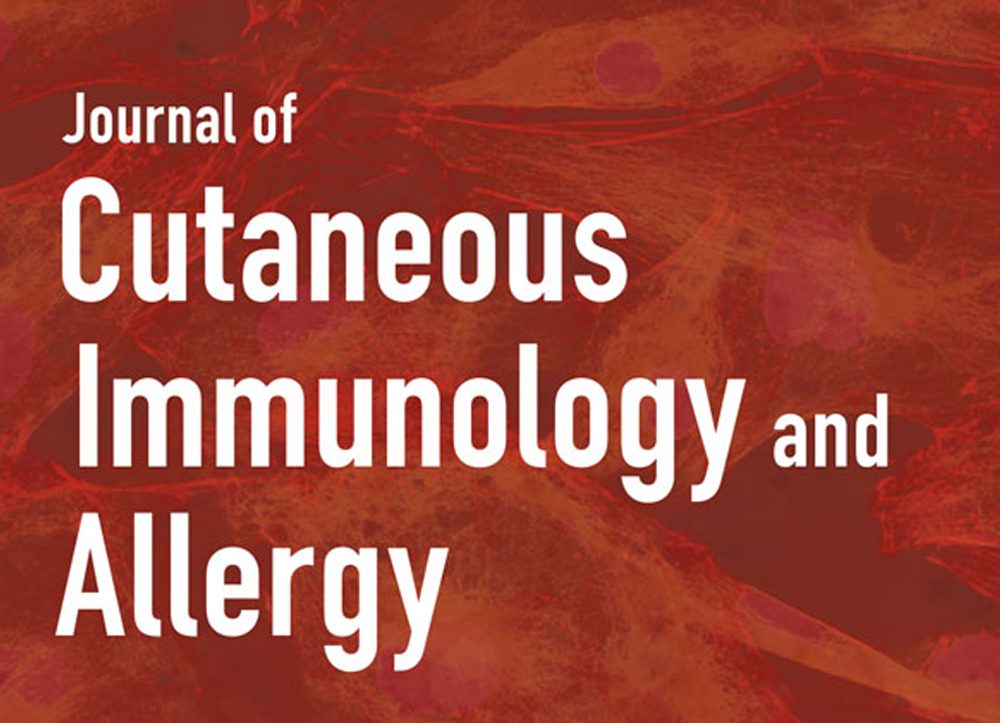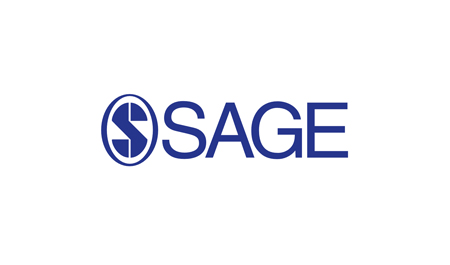ABSTRACT
Introduction. The UPPER/LOWER infection checklists look for signs and symptoms of local/superficial infection (UPPER) and deep infection (LOWER) to assist clinicians in identifying and distinguishing between these infection levels, facilitating appropriate treatment. The presence of 3 or more UPPER or LOWER criteria is indicative of infection.
Objective. This study evaluated the utility of incorporating real-time bacterial fluorescence imaging (MolecuLight i:X) into the UPPER/LOWER checklists to enhance identification of infection in wounds.
Materials and Methods. This prospective, multisite study assessed 43 chronic wounds. Infection was identified in 27 wounds (62.8%) according to the UPPER/LOWER checklist criteria; 3 wounds were positive for both UPPER and LOWER infection, 1 wound was positive for LOWER infection only, and 23 wounds were positive for UPPER infection only. Fluorescence images were taken to detect wounds with high bacterial loads (> 104 CFU/g), indicated by the presence of red or cyan fluorescence.
Results. Red or cyan fluorescence from bacteria was observed in 88% of wounds (n = 38); all wounds positive for UPPER/LOWER were also positive for bacterial fluorescence. In 18 (41.9%) of the 43 wounds, fluorescence information added a third check to the UPPER/LOWER threshold, turning a negative diagnosis into a positive diagnosis of infection. Bacterial load was detected in 22/27 wounds swabbed, 17 of which exhibited heavy growth; in all wounds with detectable bacterial load, fluorescence signal was observed (positive predictive value = 100%, negative predictive value = 83%). Using microbiology as ground truth, inclusion of fluorescence information as an additional item in the checklists increased the sensitivity of the UPPER/LOWER checklist from 82% to 95% (P < .01).
Conclusions. These results suggest that the UPPER/LOWER checklist and fluorescence imaging work in a complementary manner to effectively identify wounds with high bacterial burden at the point-of-care.
















